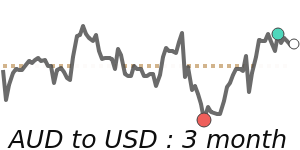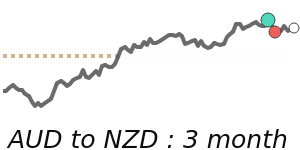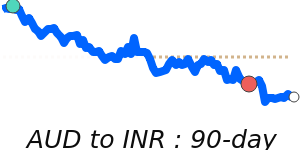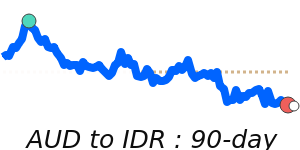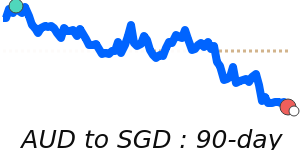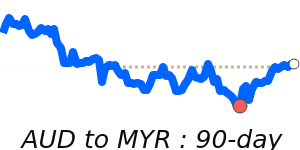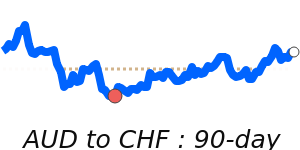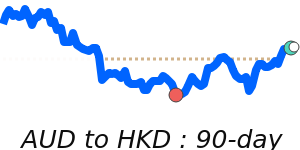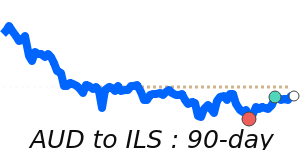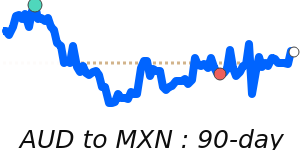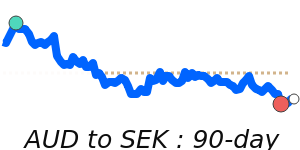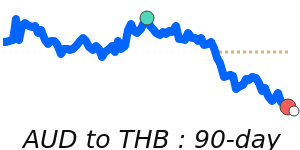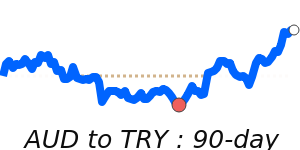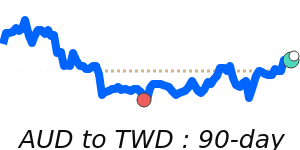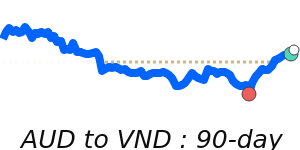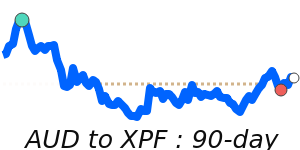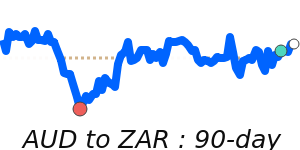The Australian dollar (AUD) experienced some initial support following the announcement of a larger-than-expected trade surplus in September, spurred by a rebound in exports. However, the currency later saw a decline amid shifting investor sentiment and a general risk-off mood in the markets.
As analysts note, the recent performance of the AUD is closely tied to global economic dynamics, notably the health of China’s economy, Australia’s largest trading partner. Market focus now shifts to upcoming Chinese trade data; any signs of cooling import growth could further weaken the AUD as it would signal reduced demand for Australian exports.
Recent actions by the Reserve Bank of Australia (RBA) have also influenced the currency. The RBA's decision to cut interest rates by 25 basis points in August reportedly led to a dip in the AUD to a two-year low against the US dollar. Experts suggest that while such cuts are intended to provide economic stimulus, they raise concerns over potential inflationary pressures from a weaker dollar.
Commodity prices, particularly for key exports like iron ore and coal, play another critical role in shaping the AUD's value. With fluctuations in global demand, especially from China, a decline in commodity prices can lead to depreciation of the AUD.
Market sentiment remains a significant driver for the currency. As a "risk-on" currency, the AUD tends to strengthen in optimistic market conditions but faces pressure during times of uncertainty, such as geopolitical tensions or poor economic indicators. According to recent forecasts, the AUD has traded within a stable range against major currencies, being 0.9% below its three-month average against the USD at 0.6483, and experiencing a stable range against the EUR and GBP.
Looking ahead, specialists believe that a continued focus on RBA policy decisions, global trade dynamics, and commodity price movements will dictate the AUD's performance. With expectations of potential recovery in the latter half of 2025, forecasters remain cautiously optimistic about the AUD's prospects, albeit within a volatile trading environment influenced by broader market sentiment.
